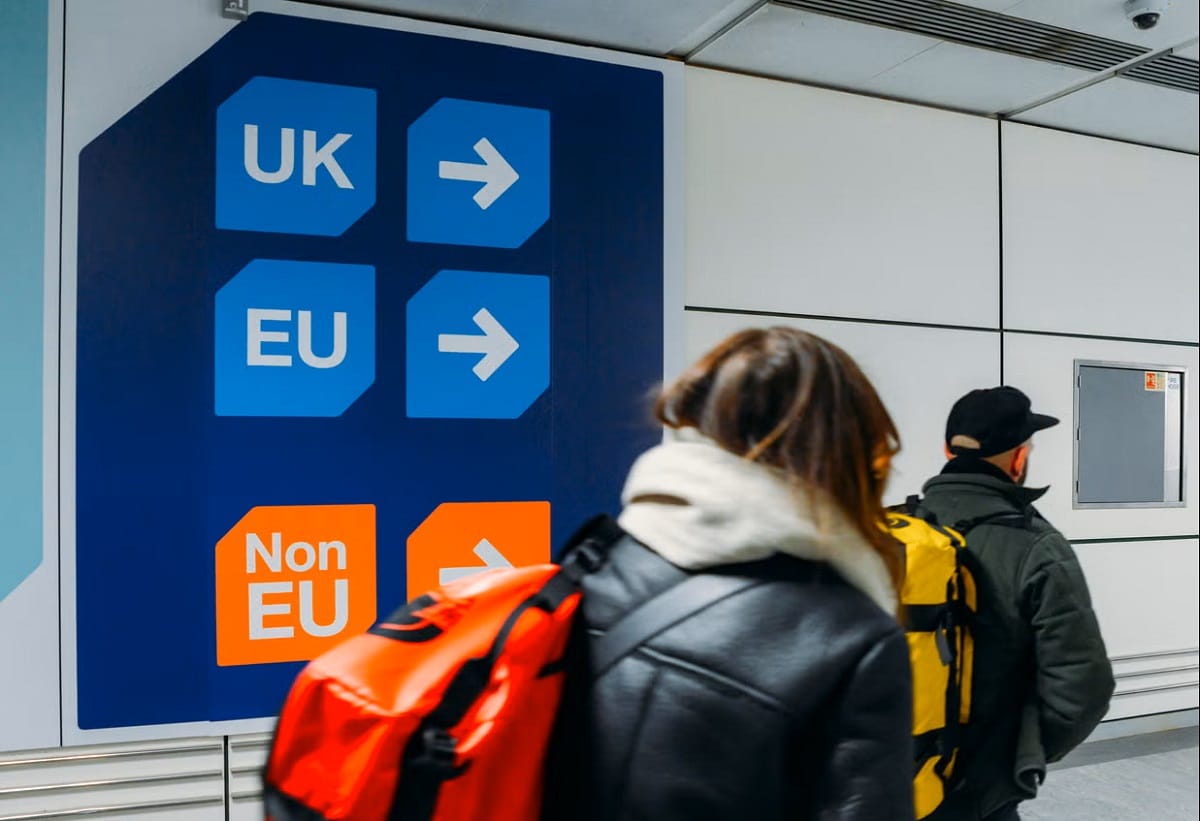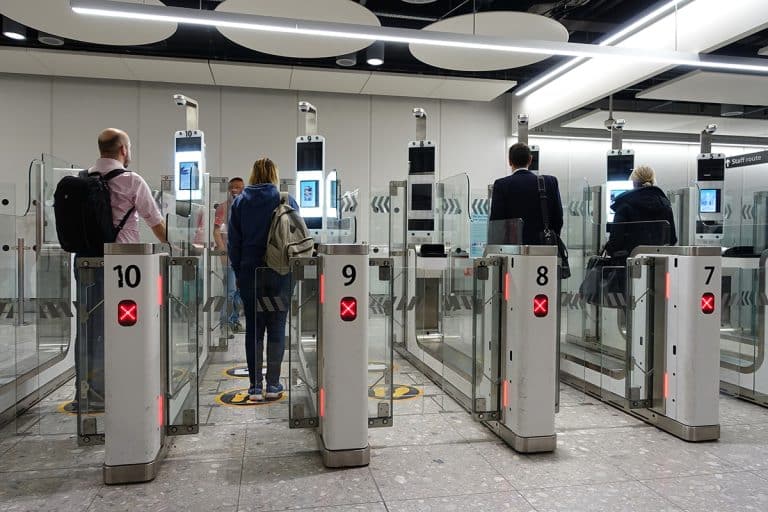UAE travellers planning a trip to Europe later this year will face new travel entry requirements and potential longer queue times as the European Union introduces its new Entry-Exit System (EES). After several delays, the latest updates from EU officials confirm that the new system is on track to launch in November this year.
What is the Entry-Exit System?
The EES is an automated IT system for registering travellers from outside the Schengen Area. The system will be used when entering or leaving an external Schengen border, such as flying from the UAE to France or crossing by road. It will not be used at internal borders within the Schengen Area. The system will record the date and place where a traveller entered or exited and collect the traveller’s name and certain biometric information.
The European Union has stated that the system “will replace the current system of manual stamping of passports, which is time-consuming, does not provide reliable data on border crossings, and does not allow a systematic detection of over-stayers”. The system will also be able to detect cases of document and identity fraud.
Border formalities
Inbound and outbound passengers will go through formalities at airports, land borders, and ports in the Schengen Area upon arrival and departure. On the first registration, travellers must submit fingerprints and provide a facial biometric. On subsequent visits within three years, only one of these will be required, typically the facial biometric. Each new visit triggers another three years of validity until the passport expires. When using a new passport, a fresh biometric registration is required.
While the EES promises increased efficiency in the long run, its introduction could initially lead to longer processing times at borders for travellers who will have their biometric data checked when crossing the border for the first time. This concerns many smaller airports across the EU that have not yet prepared the necessary checking devices, including fingerprint technology, as reported by Schengen.News.
Enhancing border security
The EES is designed to enhance border security by digitally recording the movements of non-EU visitors entering the Schengen Area, which comprises all EU nations except Cyprus and Ireland, as well as Iceland, Norway, and Switzerland. This new system replaces manual passport stamping with digital biometric data collection, which may cause significant delays for travellers in its initial stages of rollout.

Broader overhaul of EU travel regulations
The implementation of the EES is just the beginning of a broader overhaul of EU travel regulations aimed at tightening border controls. Following its launch, another major change is set to take effect in mid-2025 with the introduction of the Electronic Travel Information and Authorisation System (ETIAS).
Introduction of ETIAS
The ETIAS scheme will require all non-EU visitors to the Schengen Area to apply for permission to enter the bloc through an online application system. When introduced, the €7 ($8) online permit will be valid for three years. It will apply to both short-stay visa holders and visa-exempt travellers, affecting approximately 1.4 billion people from over 60 countries who are currently exempt from needing a visa to visit.
Travelling to Europe under the ETIAS Scheme
While often referred to as a “Eurovisa,” the ETIAS is not a visa and does not ensure entry. This system is a “pre-travel authorisation” needed to enter 30 European countries, including the 27 nations of the Schengen Area, in addition to Bulgaria, Romania, and Cyprus. Similar to the US ESTA and the British ETA, the ETIAS serves as the European Union’s method of pre-screening non-visa-requiring tourists and business visitors.
It will require visitors to apply in advance, pay an application fee, and be issued with a permit to cross a border. It grants travellers entry to participating countries for up to 90 days within a 180-day period. Applicants will have to provide personal details such as their name, address, contact information in Europe, passport details, and employment information, including job title and employer. Students must provide the name of their educational institution.
Additionally, applicants must disclose any serious convictions from the past 20 years and state their travel intentions, including the purpose of the visit (such as holiday, business, or visiting family), the entry country, and the address of their initial accommodation. In most cases, applications will be processed within a few minutes. However, the ETIAS website encourages applicants to apply “well in advance” before purchasing a ticket or booking accommodation. Once issued, the permit will be valid for three years, or until the passport’s expiration date, whichever is earlier.

ETIAS implementation and grace period
With the ETIAS set to launch in mid-2025, a grace period of at least six months will follow. During this time, travellers are encouraged to secure their ETIAS travel authorisation, although those without it will not be denied entry, provided they meet all other entry requirements.
EU warns of online scamming websites
While commercial intermediaries will be authorised to request travel authorisation on behalf of their customers, travellers are advised to be cautious with whom they share their personal data. Frontex, the EU organisation implementing ETIAS, has already identified over 100 unofficial websites providing information about ETIAS to non-European travellers. Among the main risks is paying fees higher than the required €7 ($8) for applying through the official website.
While some of these sites are operated by legitimate businesses, others may be less trustworthy, Frontex warned. “We are aware of several sites that claim to already accept ETIAS applications. Travellers should be very cautious about those websites, as it is not currently possible to apply for an official ETIAS travel authorisation since the system is not operational yet,” warned Francois Laruelle, Director of the ETIAS Central Unit Division at Frontex.
According to Frontex, there is only one official website to refer to for such cases. Other sites are unofficial and should not be considered trustworthy. Additionally, the EU is developing an official ETIAS mobile app.








